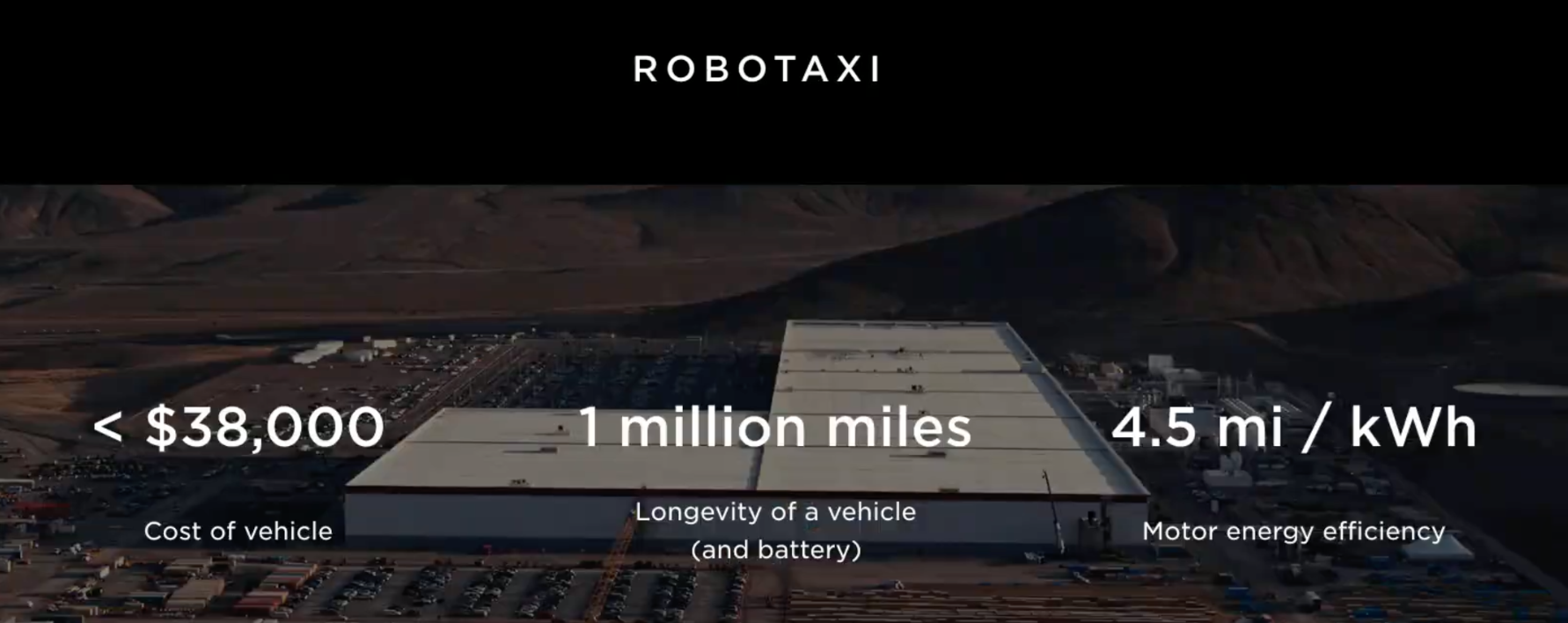
I was invited to hear the activist and writer Naomi Klein speak in Boston later this month, and although I’m unable to attend, I was interested to get more up-to-date on her recent work. I learned that she is Canadian because her father moved across the border in protest of the Vietnam War. Ah, we’ve had so many lost opportunities due to war and its consequences. Rejection of country due to hawkish international conflict has many tremendous costs, including to the atmosphere due to military greenhouse gas (GHG) emissions. Military GHG emissions build up and warm the climate, leading to many other changes around the world — in the atmosphere, on land, and in the oceans.
“We are certainly emitters when it comes to fossil fuels and energy,” Meredith Berger, assistant secretary for energy, installations, and environment at the US Navy, told Reuters.
The US military is not alone in its culpability for emissions. Among the world’s biggest consumers of fuel, global militaries account for 5.5% of global GHG emissions, according to a 2022 estimate by Scientists for Global Responsibility, who note that a lack of reporting and significant data gaps permeates the world’s militaries.
The US military is, without fanfare, starting to take some responsibility for its role as a major polluter, as reflected in its 2024 budget, which calls for systemic changes that would move it toward zero emissions. What’s surprising, though, is that some US House Republicans wanted to stall the military decarbonization progress.

The National Defense Authorization Act authorizes the US Department of Defense (DOD) activities for FY 2024. The wide-ranging bill addresses many issues, including gender-neutral fitness standards for military occupational specialties and prohibiting refusal to employ a veteran at the federal level solely because of cannabis consumption, among others. But it’s the House Republican amendments to the bill that fired up clean energy advocates. Good ole oil boys wanted to limit military use of electric vehicles.
As reported by the Washington Post, amendments challenged the battle-worthiness of EVs and rejected technologies that assist the shift from internal combustion engines (ICE) to all-electric transportation. If enacted, the amendments would have:
- prohibited any funding for research and development from being used on projects involving EVs, EV charging infrastructure, or photovoltaic technology;
- prevented the Biden administration from invoking the Defense Production Act to boost EVs, EV batteries, EV charging infrastructure or critical minerals used in EVs;
- required the Defense Department to terminate any contracts for electric non-combat vehicles; and,
- authorized soldiers and civilians at the US Army Yuma Proving Ground in Arizona to use non-electric vehicles.
“The military is no place to experiment with untested technology,” one of the amendment sponsors, Representative Paul A. Gosar (AZ), insisted. “The combat readiness and training of soldiers and equipment is jeopardized by the compelled use of electric vehicles. Further, the AC equipment in the EV units do not work in the desert heat, constituting a health risk to personnel.”
Gozar’s office did not provide evidence of the military risks of EVs that he cited. Maybe that’s why the amendments failed by a voice vote.
Even if House Republicans weren’t listening, the Army released a Climate Strategy to slash emissions in half by 2030; electrify all noncombat vehicles by 2035 and develop electric combat vehicles by 2050; and, train a generation of officers on how to prepare for a hotter, more chaotic world. The plan outlines how the military will:
- build on its current progress in areas such as vehicle fuel efficiency and electrification, operational power generation, battery storage, land management, procurement, supply chain resilience, and workforce development
- continue to reduce consumption of energy and other natural resources to improve operational readiness and modernization while adapting to and mitigating current and future climate threats
House Republicans, can you hear through your own bluster? The DOD recognizes that its tactical units waste way too much energy, and their new Climate Strategy is pushing ahead to reduce emissions. The DOD plans to field an all-electric light-duty non-tactical vehicle fleet by 2027 as well as an all-electric non-tactical vehicle fleet by 2035.
Since President Joe Biden took office, the entire federal government infrastructure has come under scrutiny for emissions reductions via targets of a 50-52% reduction in greenhouse gases from 2005 levels by 2030, a carbon pollution-free electricity system by 2035, and a net-zero emissions economy no later than 2050. One of the ways that the federal government would catalyze clean energy is for each agency to reduce its scope 1, 2, and 3 greenhouse gas emissions, as defined by the Federal Greenhouse Gas Accounting and Reporting Guidance, by setting and meeting targets for fiscal year 2030 measured from a fiscal year 2008 baseline.
It’s important to remember that the US military consumes more fossil fuels than any other institution in the world, according to the Watson Institute at Brown University. The DOD says its fleet of more than 250,000 tactical vehicles “frequently operate in austere conditions.” When stationary, which is about half the time they’re running, the engines are on to power the essential onboard electronics, as well as the heating and cooling systems in the crew compartments. All this idling means that significant amounts of fuel are consumed. (I’m a mere writer, but doesn’t it make sense that they have batteries in place to fire up these electronics when idling? Duh.)
EVs hold tactical advantages since they emit less heat and noise, thus making their presence less evident to opposition forces. The teams who drive these vehicles become safer, and the advantage of secrecy lets them fulfill their missions in higher percentages. Fossil-fuel-powered combat vehicles need to be constantly fueled, which is difficult in battle.
It must be said that, as with all EVs, battery-powered tactical vehicles will need to be charged, which may prove difficult in wartime. Advances in technology will be necessary to address this deficit.
Military Emissions across the Globe Go Unreported
In contrast to Gozar’s remarks, researchers have called on the UN Framework Convention on Climate Change (UNFCCC) to include all military emissions, given their significance for comprehensive global carbon accounting. “The omission of conflict-related emissions in UNFCCC accounting is a glaring gap,” Axel Michaelowa, founding partner of Perspectives Climate Group, told Reuters, adding that hundreds of millions of tons of carbon emissions may be unaccounted for.
The Conflict and Environment Observatory called out the UNFCCC’s April report, saying, “COP27 demonstrated the rapidly growing attention on military and conflict emissions, yet they were absent from the IPCC’s final report.” Would publishing details on military oil use be a window into overseas operations?
The US did send US Army and Navy representatives to the COP27 climate summit in Egypt last year; it was the first time a Pentagon delegation has attended the global climate summit. The US Defense Logistics Agency, which oversees oil buying, said 84 million barrels were purchased in 2022, down almost 15 million from 2018. Emissions in 2022, meanwhile, fell to 48 million tons from 51 million tons the previous year. The wider use of drones may have helped the amount of oil to decrease.
It’s time for more military emissions reporting. Perhaps in that way the need for military EVs will become more evident, even to House Republicans.
I don’t like paywalls. You don’t like paywalls. Who likes paywalls? Here at CleanTechnica, we implemented a limited paywall for a while, but it always felt wrong — and it was always tough to decide what we should put behind there. In theory, your most exclusive and best content goes behind a paywall. But then fewer people read it! We just don’t like paywalls, and so we’ve decided to ditch ours. Unfortunately, the media business is still a tough, cut-throat business with tiny margins. It’s a never-ending Olympic challenge to stay above water or even perhaps — gasp — grow. So …




